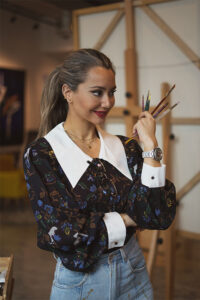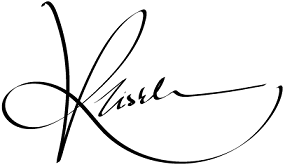In the ever-evolving landscape of the art world, a fascinating transition is underway—from traditional studio art to the boundless digital realm. In this exploration, we’ll traverse the corridors of digital art techniques, uncover the metamorphosis of traditional to digital, witness the rise of NFT digital art, glimpse into the realm of AI-assisted creations, and understand the intricacies of the creative process in this digital conversion. Join us on this transformative journey into the heart of the digital era.
The digital world is a sprawling canvas where artists wield pixels and code to craft their visions. In this realm, creativity knows no bounds. Artists embrace digital art techniques to create immersive experiences, interactive pieces, and works that transcend the limitations of physicality. It’s a world where the traditional studio merges seamlessly with cutting-edge technology.
Digital art methods offer artists a diverse palette of possibilities. The digital medium allows for intricate detailing, vibrant color manipulation, and the fusion of various artistic styles. Artists can choose from a plethora of software and tools that cater to their specific needs, enabling them to push the boundaries of their creativity.
The journey from traditional to digital art is a transformative one. Artists who once worked exclusively with physical materials find themselves captivated by the potential of the digital era. They adapt their traditional skills, seamlessly incorporating them into digital art methods. This metamorphosis often leads to innovative creations that bridge the gap between the old and the new.
The rise of NFT art has disrupted the art world’s notions of ownership and provenance. Non-fungible tokens (NFTs) provide a secure and transparent way to verify the authenticity and ownership of digital creations. Artists can tokenize their work, turning them into unique, tradable assets in the digital marketplace. This revolution has opened new doors for artists to monetize their creations directly, bypassing traditional intermediaries.
Artificial intelligence has made its mark in the art world, with artists collaborating with machines to produce AI digital art. Machine learning algorithms analyze vast datasets of art history, enabling artists to experiment with styles, generate new ideas, and explore uncharted territories of creativity. The synergy between human creativity and machine intelligence is reshaping the digital art landscape.
The creative method in the digital world is a dynamic and iterative journey. Artists begin with an idea, sketch, or concept and refine it through digital art methods. They experiment, revise, and fine-tune their work until it aligns with their artistic vision. The digital medium enables artists to undo, redo, and transform their creations with unprecedented ease.
Digital adaptation is the process by which traditional artwork finds a new life in the digital age. Artists digitize their analog creations, creating NFT Painting often enhancing them with digital art methods. This transformation preserves their work for posterity, making it accessible to a global audience in the digital world.
In conclusion, the shift from studio to screen signifies an exciting chapter in the evolution of art. Artists embrace digital art methods, adapt traditional skills to the digital era, explore the possibilities of NFT digital art, collaborate with AI, and navigate the dynamic creative process in this digital conversion. It’s a journey where imagination takes flight, pushing the boundaries of artistry and redefining the very essence of artistic expression.
Shop my artwork collection.
Check my digital artwork collection.


